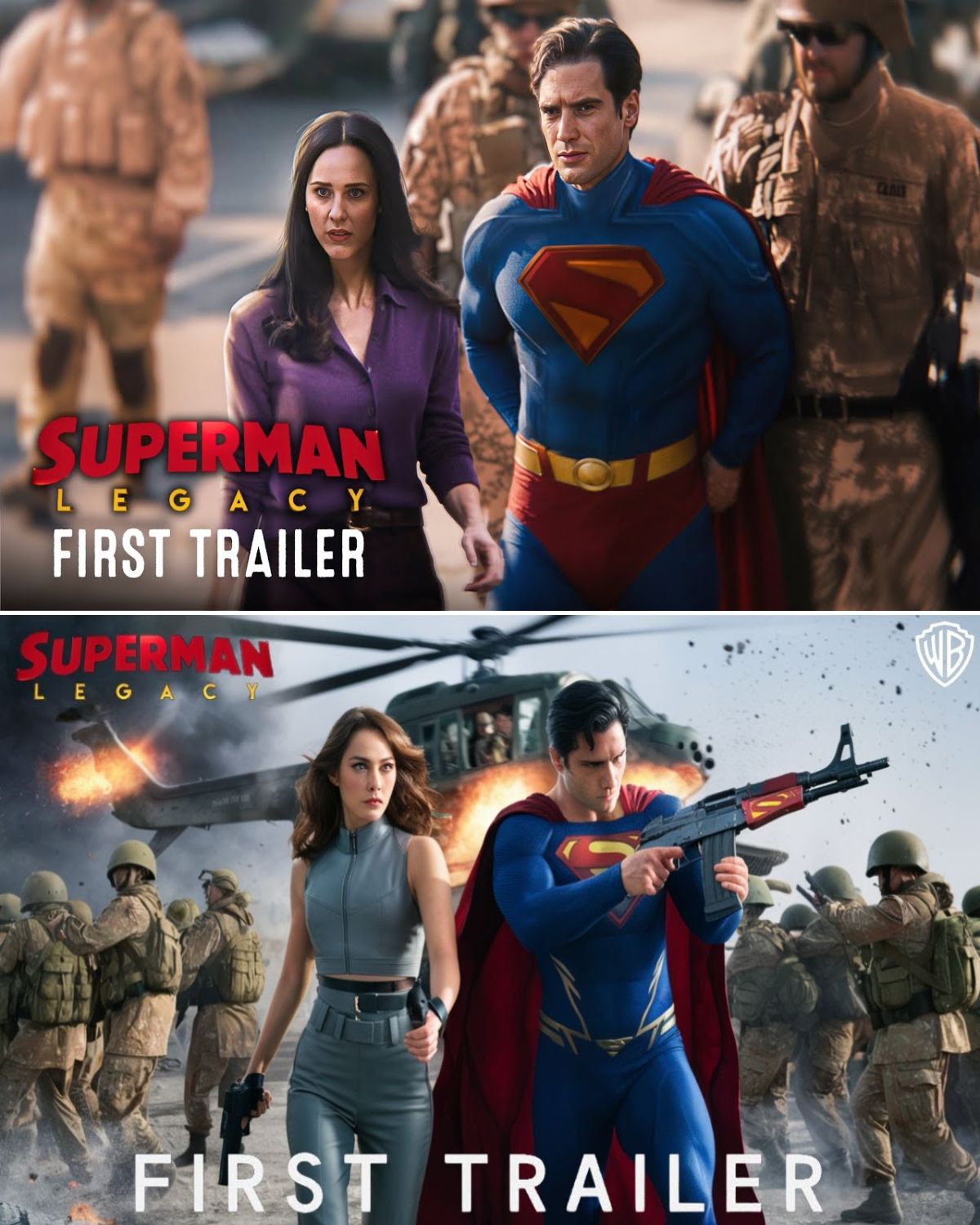D.C. Comics new superhero Black Adam (Dwayne Johnson) calls on the Egyptian gods for hissuperpowers in “Black Adam.”
One sequence sees Black Adam in a stand-off with the Justice Society of America — Hawkman, Doctor Fate, Cyclone and Atom Smasher — in a street battle scene.
Weta FX stepped in for the first of many sequences to combine CG environments with practical ones. “Our CG environment was derived from two practical locations — the lower pit was partly built on a soundstage, and the second street level set was set up in a backlot location,” says Sheldon Stopsack, VFX supervisor. “We combined these sets and extended them into a fully digital environment, which allowed us to be flexible with our shot design.”
Facing Black Adam and his superior abilities, the Justice Society is forced to combine their powers. “Our motion team orchestrated many digital Doctor Fates that try to restrain Black Adam while Hawkman launches an attack,” says Stopsack. “To amplify the sheer force of Black Adam’s lightning powers, our FX team were tasked with crushing and slicing a pickup truck used as a projectile.”
 Courtesy Image
Courtesy Image
Once they had that, the main car was simulated using deforming geometry, and each part of the car had defined material properties that resulted in a natural appearance when compressing and bending. Stopsack says, “Fragile elements like windows were fractured and solved with a ridged body simulation, and we used a viscous fluid simulation for melting metal, before adding debris and sparks.”
Despite the shot being entirely digital, the lighting team used physical-based lighting from plate photography of the surrounding shots. “We verified light conditions from the soundstage and backlot location, resulting in a combined lighting rig that not only honored the practical photography, but also provided the desired look of a dry, urban environment,” Stopsack says.
In order to mimic the unique characteristics of the lenses used on Black Adam, the compositing team faithfully re-created optical phenomena, such as chromatic aberration, bokeh, smear and vignettes using data gathered from the principal photography cameras.




